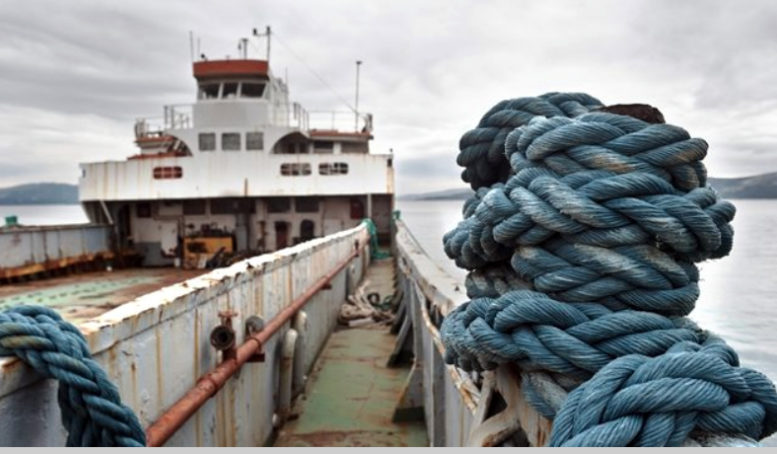Mooring and unmooring operations provide the circumstances for potentially serious accidents. There is no doubt that this duty requires a good technique initially in lifting the heavy eye of the rope, followed by a good pulling technique. Care must be taken, therefore with the laying out of heavy mooring ropes and wire ropes/hawsers.
Seafarers involved in mooring operations should be given additional instruction on the specific equipment and mooring configurations used on the vessel. This should include but may not be limited to:
- types of winches and windlass and their operation;
- location of emergency stop buttons;
- types of ropes and/or wires used; and
- location and use of rollers, dollies and leads.
Crew should make sure that there is enough manpower available to do the task safely. Personnel should never stand in the bight of a rope or near a rope under tension, and they should treat ropes on drums and bollards with the utmost care. Detailed familiarization should be given to all new joining seafarers regarding the installation, use, and hazards related to permanent and loose mooring equipment. Based on the risk assessment, appropriate control measures should be put in place.
Real life incident. An officer-in-charge of the forward mooring party on board an LNG tanker suffered severe head injuries. He was struck by a mooring rope that parted during a berthing operation at an LNG terminal. The Officer was injured because he was standing in the snap-back zone of the spring line when it parted. The area where he was standing was designated as a safe area; this was because the vessel operator had not carried out a thorough snap back assessment, and there was a perception that high modulus polyethylene ropes did not recoil on failure. The spring line parted due to tensile overload even though the load being applied to the line at the time was less than a quarter of its specified minimum breaking load. The predominant cause of the rope’s loss of strength was found to be axial compression fatigue.
Actions to be taken during mooring and unmooring operations:
- A sufficient number of seafarers should always be available both forward and aft of the vessel to ensure a safe operation;
- A supervising officer should be in charge of each mooring party, and a suitable means of communication (primary and secondary) should be established with bridge team;
- If this involves the use of portable radios, then the ship should be clearly identified by name to prevent confusion with other users;
- Appropriate PPE should be in place for seafarers’ protection (including safety helmet, safety shoes and gloves);
- A toolbox meeting should be conducted between Master and officers in charge of mooring parties to discuss the mooring plan, the lines that are going to be used, the involvement with the terminal’s or port’s personnel, use of tugs, environmental conditions and communication details;
- Special considerations and instructions should be made for snap–back zones and lines under tension in order to avoid incidents due to line failure (parted line).
The Oil Companies International Marine Forum (OCIMF) has recently released the 4th edition of its Mooring Equipment Guidelines (MEG4), an industry publication for the safe mooring of tankers and gas carriers at terminals, providing clear and concise guidance for ship and terminal designers, ship operators and mooring line manufacturers on safe mooring system design, with an emphasis on the safety of ship and terminal personnel. Access and download MEG4 at: https://safety4sea.com/cm-ocimf-mooring-equipment-guidelines-meg4-an-update/.
